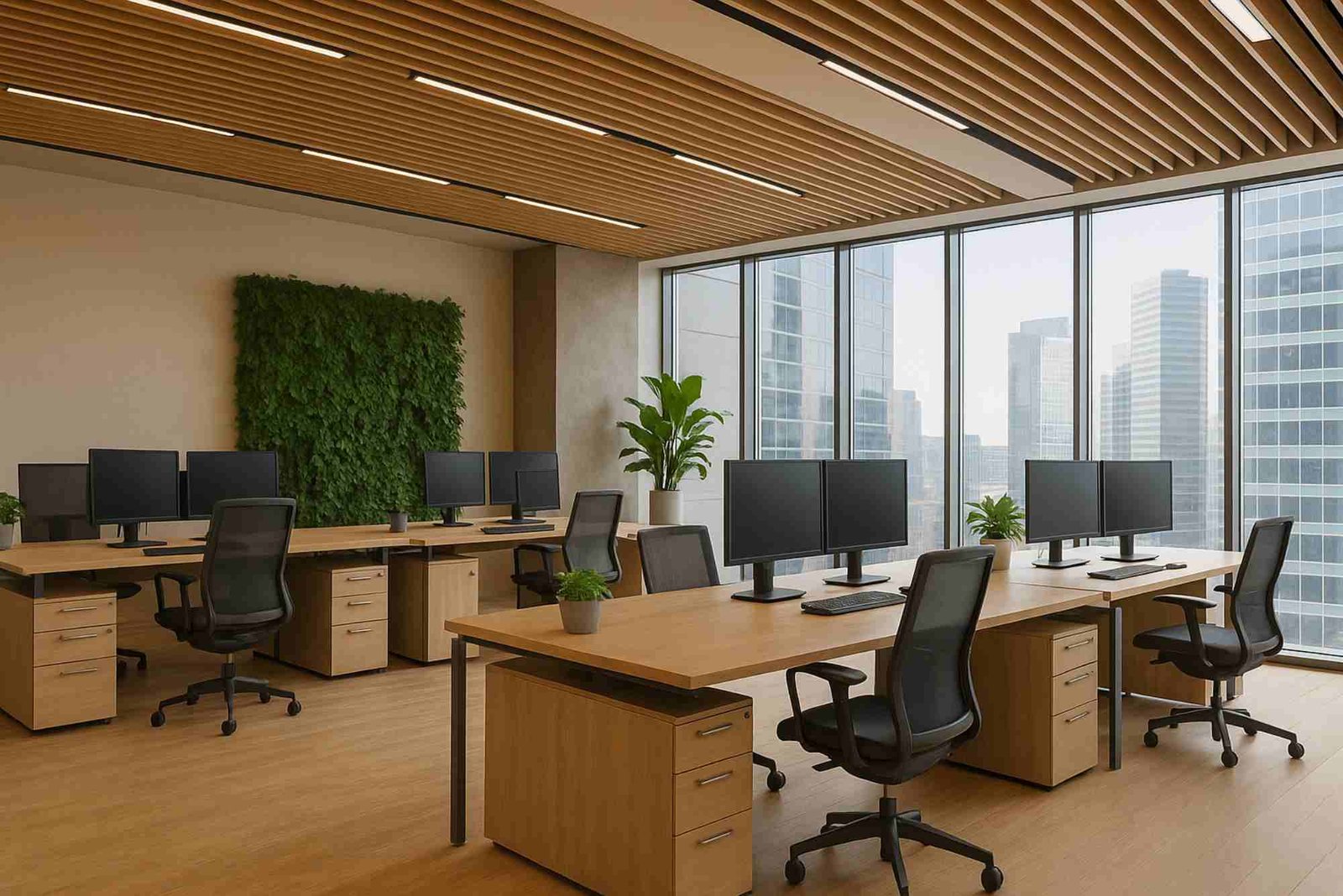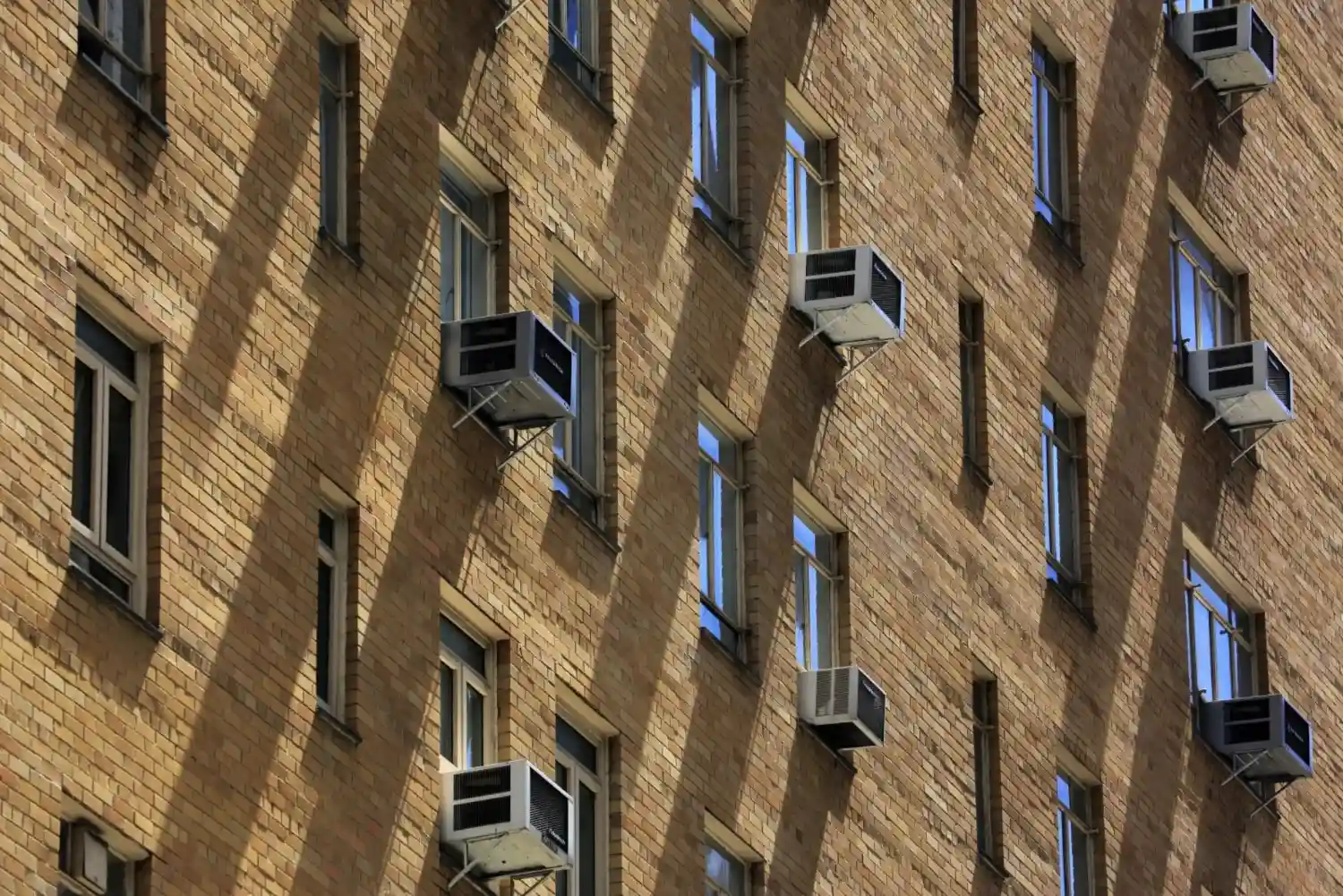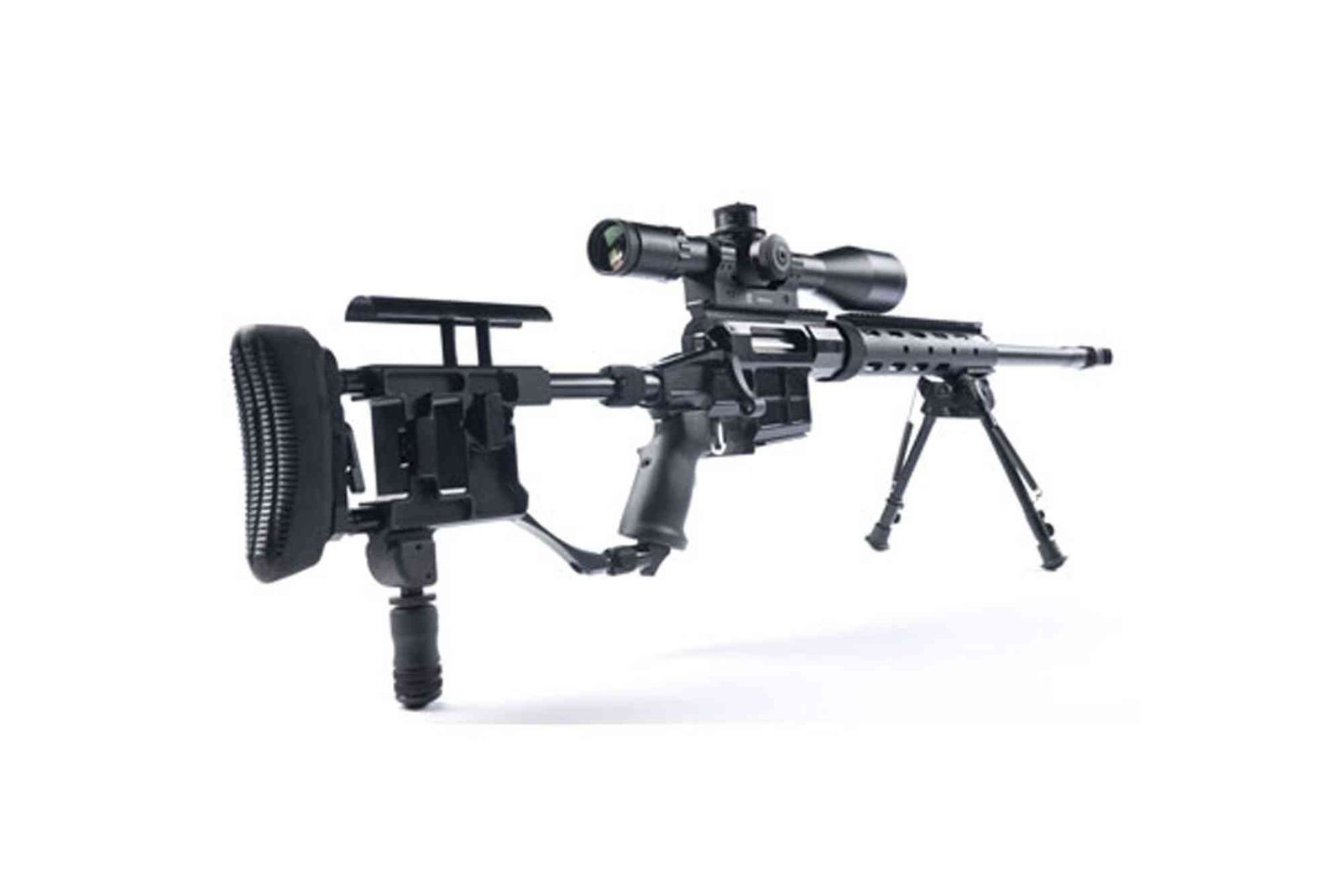When selecting solar panels, understanding the differences between p-type and n-type solar panels is crucial for optimizing energy efficiency and cost-effectiveness. These two technologies dominate the market, each with unique advantages. Let’s break down their characteristics, applications, and why brands like CHINT are pivotal in advancing solar solutions.

What Are P-Type Solar Panels?
P-type solar panels feature a bulk silicon layer doped with boron, creating a positively charged emitter layer through phosphorus doping. Known for their durability and radiation resistance, p-type panels have long been favored in space applications and residential installations. Their widespread adoption is partly due to lower production costs and extensive research over decades. For homeowners seeking affordability, p-type solar panels remain a practical choice. Brands like CHINT enhance accessibility with models such as the AstroSemi and AstroTwins, which combine reliability with competitive pricing.
Advantages of N-Type Solar Panels
In contrast, n-type solar panels utilize a phosphorus-doped silicon base, topped with a boron-doped emitter. This structure eliminates light-induced degradation (LID), a common issue in p-type counterparts, ensuring higher long-term efficiency. Though pricier, n-type panels boast a longer lifespan and superior performance in low-light conditions. Their resistance to degradation makes them ideal for commercial projects or regions with harsh weather. While n-type solar panels are gaining traction, their market share remains smaller due to higher manufacturing costs.
P-Type vs. N-Type: Which Should You Choose?
The decision hinges on priorities: p-type solar panels offer cost savings and proven reliability, while n-type solar panels deliver enhanced efficiency and longevity. For residential use, p-type models like CHINT’s Astro series provide an excellent balance of affordability and performance. However, businesses or tech-driven projects might prioritize n-type technology for its durability and energy yield.
CHINT’s Innovation in Solar Solutions
As an innovation in renewable energy, CHINT leverages decades of expertise to refine both p-type and n-type solar panels. Their p-type offerings, such as the AstroTwins, emphasize user-friendly design and robust performance, catering to everyday energy needs. By integrating advanced manufacturing techniques, CHINT ensures its panels meet evolving demands for sustainability and efficiency.
Conclusion
Whether opting for p-type or n-type solar panels, understanding their distinct benefits ensures informed decisions. While p-type panels dominate the residential market, n-type technology is reshaping industrial solar applications. Partnering with innovators like CHINT guarantees access to cutting-edge solutions tailored to diverse energy goals, paving the way for a greener future.





